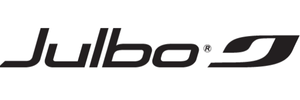
words by Deedra Irwin // photos by Nordic Focus
I should start by answering a simple question: What is biathlon?
Biathlon is an Olympic Nordic sport that combines the endurance of skate ski racing with the precision of marksmanship. Each race tests the athletes on the course and the range to their maximum fitness and focus.
So, how do we train for two vastly different sports at the same time? I’ll try to break it down for you. In biathlon, we race from November to March. We get the month of April off to recover from the racing season and then it’s back to work May 1, and we train from May through October to prepare for the season.
My name is Deedra Irwin. I am a 2022 Winter Olympian in biathlon. In my debut race at the Olympics, I shot 19/20 targets placing seventh overall, earning the best individual Olympic finish ever by a U.S. Biathlete. I’ve been competing in biathlon for six years now, and I’ve been skiing for about 15 years. I’ve had a lot of success in a short amount of time, and these are some of the training basics that have helped me along the way.




